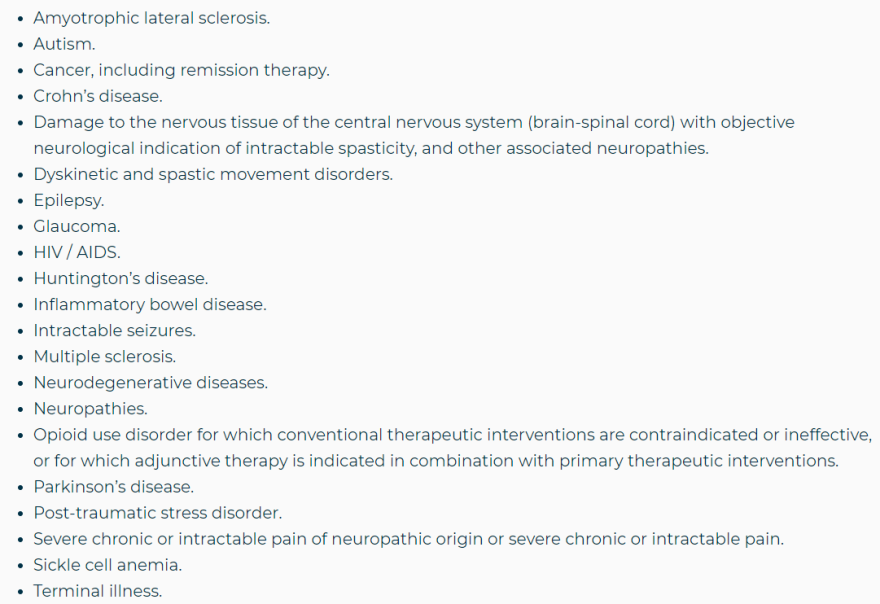A new analysis estimates that Pennsylvania’s medical marijuana market will rake in $60 million in revenue this year, a number that's expected to quadruple to about $240 million by 2020.
When the program started, medical marijuana had to be processed into oil or topical ointment. Last month, that changed; now patients can purchase dry leaf, or flower, cannabis at Pennsylvania dispensaries.
The U.S. Cannabis Report: 2018 Industry Outlook from New Frontier Data, a cannabis market research firm, said this change is anticipated to draw higher participation rates.
“Broadly speaking, flower tends to be the preferred product form of cannabis in the illicit market,” said Kacey Morrissey, the Associate Director of Industry Analytics, New Frontier Data. “With the inclusion of that as part of the medical program there’s much less that needs to be done in terms of patient education and patient familiarity with the products.”

Because dry leaf is less expensive than other forms of medical marijuana, Morrissey said this will lead to more patients using the product. She anticipates participation will be so robust that dispensaries and grower-producer revenue will not be negatively affected by consumers opting for the cheaper option.
"In an oil-only marketed we expected less patients [and] more expensive products," said Morrisey. "[With dry leaf] we expect them at the very minimum to be making the same, but likely making more just because of the trends that we've seen in other states that allow flower."
Additionally, Morrisey said more Pennsylvanians are likely to sign up for medical marijuana cards because the state recently expanded the number of qualifying medical conditions, including cancer-remission and opioid-addiction.
The National Conference of State Legislatures reports Pennsylvania is one of 31 states with comprehensive medical marijuana programs. Another nine and the District of Columbia allow for its recreational use.




